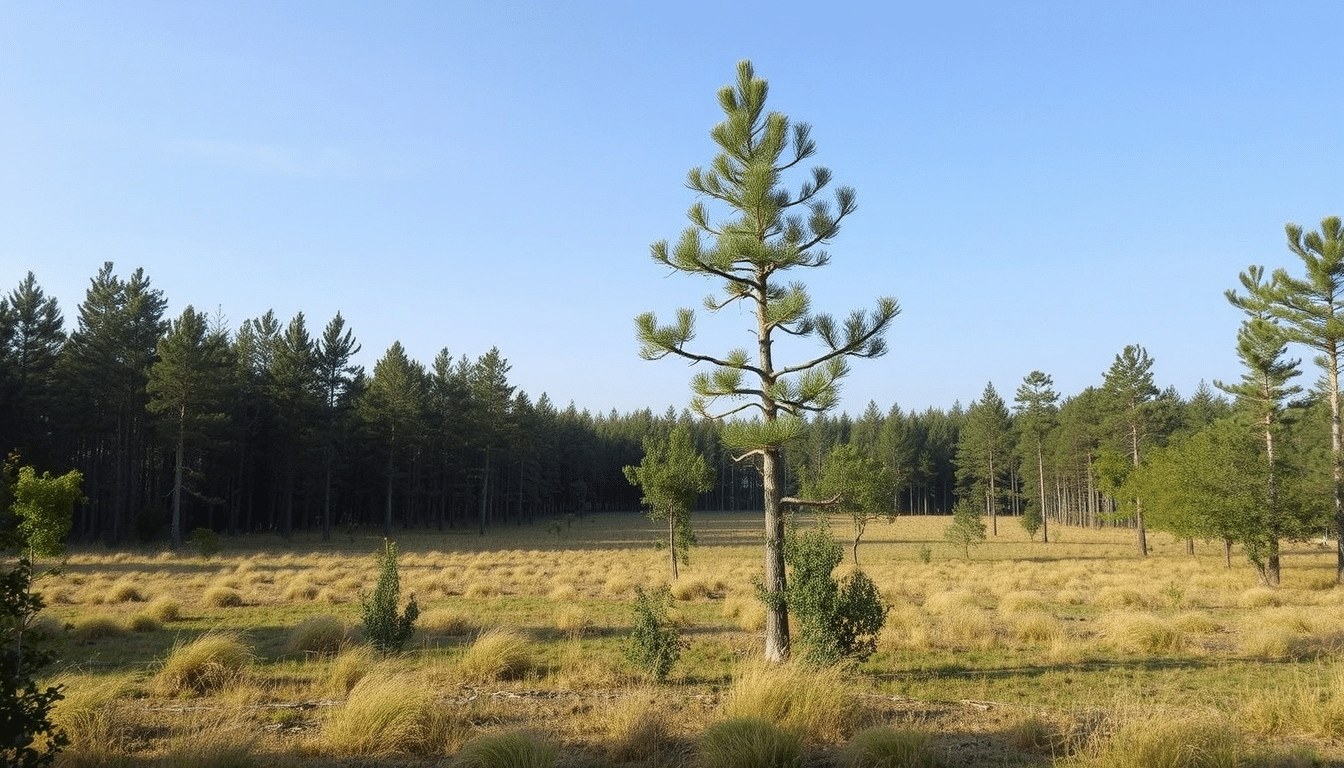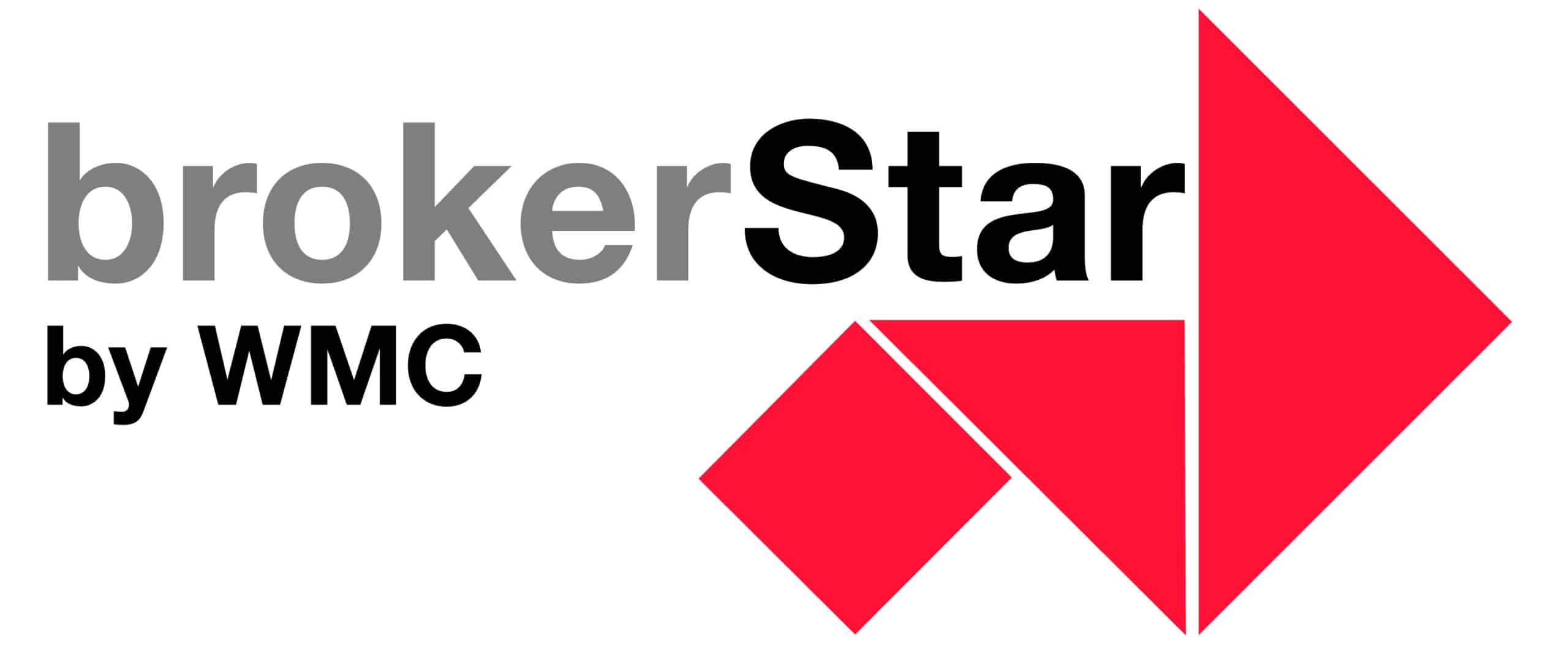Beyond profit: Building a people-centered economy in a money-obsessed world (Part 2)
23 April, 2025 | Blog Current General
First steps towards building a people-centered economy: First, we need to recognize that climate change is a highly complex problem that has no simple solution and requires a combination of approaches. We need a different leadership paradigm to create a new world in which authenticity is a central value. But I’ll talk about that in other articles.
Let’s focus on reforestation, as this is one of the most important aspects of offsetting CO2 emissions. Here are some ideas on how to expand reforestation programs.
Establishment of decentralized autonomous organizations (DAOs) for reforestation
DAOs are based on blockchain technology and enable transparent, trustworthy management of funds and resources. The members of the DAO could vote on which reforestation projects should be financed, so that decisions are made jointly by the participants and not by a central authority.
We can use tokenized voting within the DAO to give contributors a say in important decisions. For example, token holders could vote on which areas should be reforested, which technologies should be used or how resources should be distributed.
Smart contracts for automated payments and rewards
We need to use smart contracts that automatically release payments or rewards when a reforestation project is completed.
For example, a smart contract could release funds to local workers or organizations as soon as video or satellite data confirms that a certain number of trees have been planted and are thriving. Insurance for trees are an essential part of building resilient ecosystems.
To further reduce the risk of mismanagement, we can implement escrow systems via smart contracts to block funds until specific, verifiable results are achieved. This ensures that funds are used as intended and provides full transparency and accountability.
Blockchain for transparent and traceable supply chains
With blockchain, we can immutably document every step of the reforestation process – from buying the seeds to planting the trees and monitoring them. To do this, each seedling is given a unique identifier that is linked to the blockchain. In this way, everyone can track its growth and care over time.
All data on reforestation projects must be publicly accessible in the blockchain. This transparency allows contributors to check whether their investments are actually having an impact. This ultimately creates trust in the system.
Crowdsourcing and microinvestments via blockchain
We can develop blockchain-based crowdfunding platforms where individuals can invest in specific reforestation projects. These platforms could accept micro-investments from all over the world so that everyone can contribute to reforestation and earn tokens in return.
Implement micro-ownership by tokenizing parcels of reforested land so that individuals can own a small portion of a reforestation project. These tokens could represent a share of the carbon credits generated by the trees, providing token holders with a financial return while supporting large-scale reforestation.
Tokenization of emission certificates
Another way to create incentives and achieve economies of scale is to use the blockchain to tokenize carbon credits generated by reforestation projects. These certificates can be sold or traded on decentralized exchanges and provide a direct financial incentive for reforestation. The transparency and traceability of the blockchain ensure that these certificates are legitimate and verifiable.
We need solid economic incentives for communities worldwide to build a people-centered economy. Therefore, the tokens need to be bought, sold or traded on decentralized marketplaces. These marketplaces can operate with lower fees and higher efficiency as there are no middlemen. This makes it easy for individuals and companies to participate in reforestation efforts.
Global data networks and satellite monitoring
We can integrate satellite images, video analysis and IoT sensors with blockchain technology to reforestation measures monitor in real time. These technologies can track tree growth, soil health and other important factors. At the same time, the data is stored in the blockchain for transparency.
This ensures that the projects progress as planned and provides evidence for the allocation of emission certificates.
Decentralized data networks: Decentralized data networks such as Filecoin or IPFS (InterPlanetary File System) store and distribute data for reforestation. The data is not controlled by a single entity and is accessible to all. The key lies in a transparent method of monitoring reforestation measures.
Distributed ledger technology (DLT) for financing and resource allocation
Peer-to-peer financing: Use distributed ledger technology to facilitate peer-to-peer financing of reforestation projects. This could be smart contracts that automatically allocate resources based on real-time data and predefined criteria. In this way, we ensure that funds are used efficiently and effectively without intermediaries.
Tokenization of resources: Tokenize resources such as seeds, tools and labor needed for reforestation. These tokens can be traded on decentralized exchanges, allowing project managers to acquire what they need in a transparent and efficient way. Tokenization also enables fractional ownership of resources, spreading the risk and reward across a larger group of stakeholders.
Scalability through interoperable blockchains
Cross-chain solutions: We need to implement cross-supply chain interoperability so that different blockchain networks can communicate and share data seamlessly. This is especially important for global reforestation efforts that may span multiple regions and ecosystems, each using different blockchain platforms. Solutions such as Polkadot or Cosmos could be used to connect these ecosystems to ensure data integrity and coordination between projects.
We can use layer 2 scaling solutions such as sidechains or state channels to handle the high transaction volumes associated with global reforestation projects. This ensures that the blockchain infrastructure can support large-scale reforestation efforts without sacrificing speed or efficiency.
Building a people-centered economy – next steps
These proposals will not solve the problem of greed. However, many people want a people-centered economy in which humanity can thrive. As with any complex issue, we need to think systemically. We need to think about the root causes of the problem and find ways to create sustainable incentives.
Let’s rethink the future, towards a more purpose-driven and people-centered way. Drive change in your business and your environment. Living consciously is great, but we can do more than just throw away plastic bags.
If you are in a management position rethink the focus of your organization. Consider the long-term impact of your organization on people and the planet. When we build a people-centered economy, money is not an end in itself. A well-designed, ethical business will automatically generate profits.
If you are an investor, look beyond money and returns. Look for entrepreneurs who have the new purpose-driven economy in their DNA. Attract money from people who want to invest in long-term well-being instead of looking for a quick buck.
Mirela Dimofte
Read also: Beyond profit: Building a people-centered economy in a money-obsessed world (Part 1)




